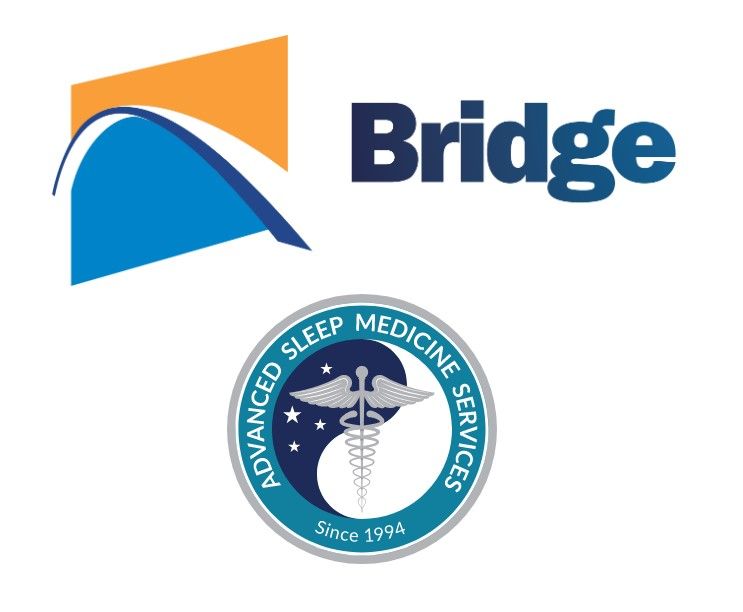The benefits of implementing patient portal technology and services make it a win-win situation for both patients and physicians. Not only does a portal help patients participate more actively in their own health, but portals also save the practice a significant amount of time, staff resources, and money.
Nonetheless, many practices are behind in implementing digital portals for their patients, and many of these are not marketing the services adequately enough to attract and retain patients.
Why You Need a Portal – Even if You Think You Don’t
[related_content]
Now more than ever, patients want to know how much digital access a practice gives them to their medical records before choosing a physician. In a survey by TechnologyAdvice, 60% of respondents said that online appointment scheduling and bill pay were important factors in their choice of medical practice.
Meaningful Use is no small factor, either. MU requirements reflect the premium that healthcare places on patient engagement – Stage Two requires that hospitals and professionals provide five percent of patients with access to their electronic health records. A portal is an excellent way to meet this requirement.
And as more and more hospitals and practices adopt patient portal technology, we’ll see more and more patients begin to expect the technology – and even start choosing their providers based on who offers the best digital access. With perks like online appointment requests, prescription refills, and 24/7 medical record access, offering your patients a portal won’t be a bonus anymore – it’ll be an absolute necessity if you want to compete.
Marketing Your Portal to Your Patients
If a practice markets its portal effectively and makes a conscious effort to help patients adopt the technology, the effort will pay off. But many practices fail at marketing their patient portals because they ignore simple and frequent opportunities to promote them. Some effective, in-person tactics for pushing your patients to use your portal:
- Create promotional materials in the form of signs and brochures, and place them in visible spots in the office.
- Set the portal up on a tablet for patients to use and practice on in the waiting room to fill in important medical information and records.
- Use outreach and communication channels such as instant messaging, snail mail and phone calls to spread awareness of the patient portal and its many benefits.
- Change the practice’s on-hold music to a message explaining the portal and how to get started.
Today’s medical practices can’t afford to forego offering digital services, like a patient portal, to their patients. A portal is more than a time-saver for both sides – it’s an irreplaceable tool in forming meaningful and effective physician-patient relationships. As it turns out, encouraging people to take better care of themselves is a profitable business.


